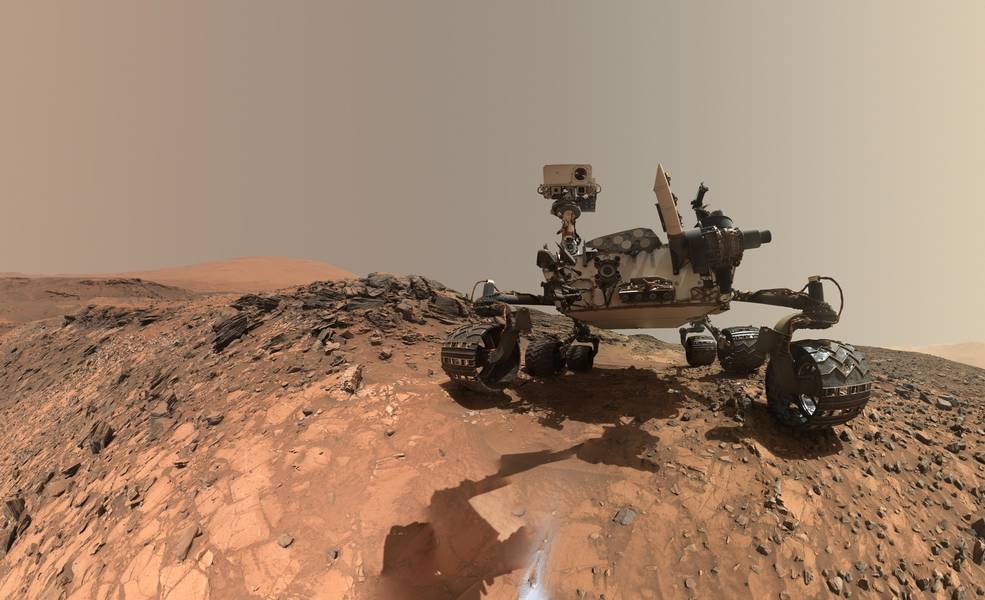NASA’s Curiosity rover has found new evidence that Mars could have supported ancient life, and they say their findings show they’re on the right path in the search for evidence of life.
A series of papers published today in Science detail the findings, which include seasonal variations in methane in Mars’ atmosphere over the span of nearly three Mars years (about six Earth years).
Organic molecules were found near the surface in three-billion-year-old rocks from the Gale Crater, which the findings suggest used to house a lake.
University of Auckland physicist Dr Nicholas Rattenbury told TVNZ’s Breakfast the discovery was a “huge step forward along the path to answering the question: is there life on Mars?”.
“Life is based on these organic chemicals and it also produces these organic molecules,” he said. “So if there was life on Mars, then we would expect to see those organic molecules on its surface”.
However, geological processes could also be behind the production of these organic molecules.
University of Auckland astrobiologist Professor Kathy Campbell, whose research includes looking at ancient terrestrial life as examples for where to search for life on Mars, told The AM Show the methane could be leaking out from some storage. “What’s key about that methane though is it might warm up the atmosphere, make lakes sometimes, and then you might be able to have more habitats for life.”
The European Space Agency’s next rover mission would include drilling into the surface of Mars, which Prof Campbell said might find subterranean water.
